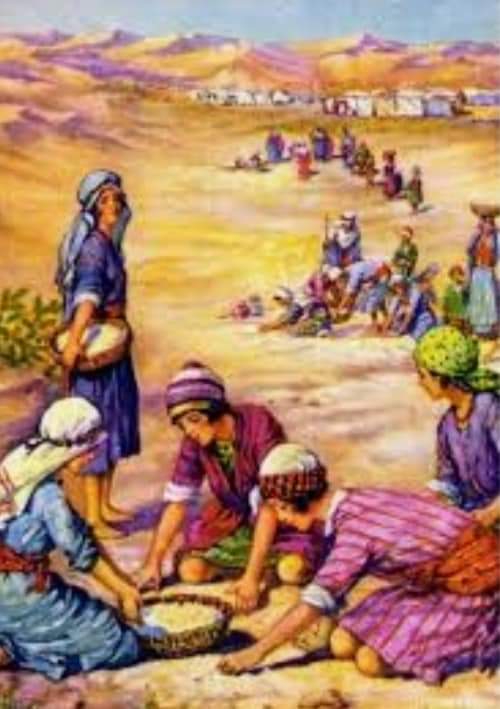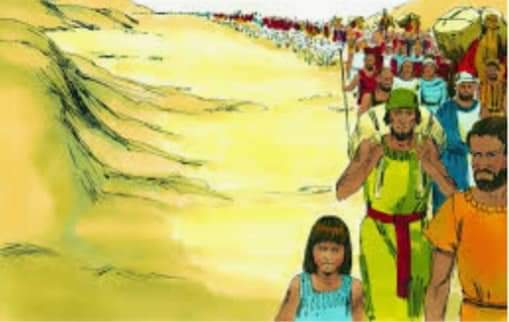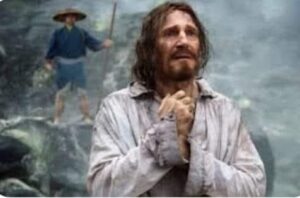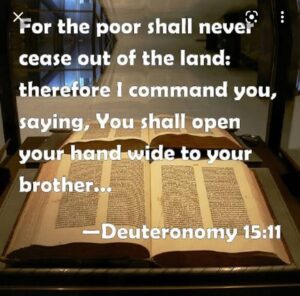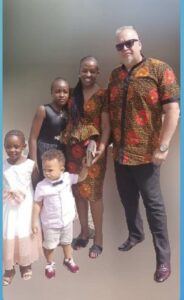So many people are panicking during this end time World wide tribulation …. buying things like buckets of dry goods food to escape famine, war, pestilence, and moving of the grid to avoid persecution.
When you study The Bible in context you realize for the most part history repeats itself and everything is a tapestry.
All of the answers to our future are definitely encrypted in the history of the Tanakh . 366 times we are commanded not to fear.
Enjoy the teaching.
The Gospel Message in the Israelites’ Wilderness Journey
Exodus 14:19, Angel [or Messenger] of YHVH. This is the preincarnate Yeshua—the Messenger or Word of Elohim before he was made flesh (John 1:1, 14).
Went behind them. Fire does two things: It both destroys and purifies substances depending on the durability of their composition. It consumes that which is flammable (e.g. wood, hay and stubble) and refines or purifies that which is inflammable (e.g. gold, silver and precious stones; 1 Cor 3:12–15). To those people whose lives are characterized by wood, hay and stubble, fire is a threat and terror; to those whose lives are gold, silver and precious stones, fire is welcomed, since they have nothing to fear; it will only make them better, not destroy them. Moreover, fire creates light. To those whose lives are characterized by light (truth and righteousness), fire is a positive thing, since it exposes sin and gives them light by which to go forward spiritually. To those people who are of the darkness (i.e. the world, the flesh and the devil), as was Pharaoh and Egypt, and who love sin and hate Elohim and his righteousness (John 3:19–20), fire and light are feared because it will not only expose their evil deeds, but will consume them in judgment. Therefore, the fiery flame that separated the Israelites from the Egyptians was a good thing and a blessing for the former and a bad thing and a curse for the latter. In fact, inExod 15:7 in poetic terms the Egyptians are likened to stubble that YHVH destroys in his wrathful judgment. This same thing will occur again on a global scale when the earth is burned with fire and the wicked become ashes under the sole’s of the feet (Mal 4:3) of the righteous after the white throne judgment (Rev 20:11–15).
The Red Sea. The Israelites went through the midst of the Red Sea. Like the killing of the Passover lamb and the painting of his blood on the door posts, the crossing of the Red Sea prophetically pointed forward to the message of the gospel and the steps a disciple of Yeshua must take in his spiritual journey. Paul states in his letter to the believers in Corinth,
Moreover, brethren, I would not that ye should be ignorant, how that all our fathers were under the cloud, and all passed through the sea; and were all baptized unto Moses in the cloud and in the sea; and did all eat the same spiritual meat; and did all drink the same spiritual drink: for they drank of that spiritual Rock that followed them: and that Rock was Messiah. (1 Cor 10:1–4)
The Israelites going through the Red Sea is a prophetic picture of baptism for the remission of sin of the new believer. Red reminds us of the blood of Yeshua that cleanses sinners of sin. Moreover, sea water is salty and salt is a biblical symbol representing cleansing, purification, preservation and eternity and all of which point to the efficaciousness of Yeshua’s atoning blood on behalf of the redeemed saint.
Now let’s look at Israel’s Red Sea passage in light of its larger gospel message context. While back in Egypt, YHVH sent Moses the evangelist to the Israelites with the message of redemption from their Egyptian slavemasters. To be spared from Eloim’s judgments against sin, all the Israelites had to do was to believe the evangelist (i.e. the preacher of the gospel message) when he told them to kill a lamb and to put its blood on the doorposts of their houses (i.e. have faith in the shed blood of Yeshua the Messiah who died on the cross to set us free from the penalty of our sins). Those who did were spared Elohim’s judgment against sin. Next, they had to put leaven (i.e. a picture of sin) out of their houses (a picture of their lives), eat unleavened bread (i.e. a picture of accepting Yeshua unconditionally) and leave Egypt (i.e. a picture of leaving behind the world’s ways and lifestyles). After that they went through the Red Sea (i.e. a picture of baptism for the remission of sins). These are but the initial steps that the Israelites had to take on their journey to the “Promised Land.” After that, they came to Marah, then to the desert oasis of Elim, then they received manna from heaven and water from the rock. They learned about sin, redemption, the Messiah, how to have faith in Elohim, and how to overcome the triple headed enemy of the world, the flesh and the devil.
For those readers who can discern the code, the gospel message is encrypted in the steps that the Israelites’ took while traversing the wilderness (a biblical metaphor for our physical life on earth) en route the Promised Land. What they went through, how they reacted and the consequences of their actions can act as a sort of spiritual road map to aid modern saints in guiding us forward in our own spiritual journey toward inclusion in the kingdom of Elohim as his glorified children. The wise saint will learn from both the mistakes and triumphs of the Israelites. So study the Bible to show yourself approved, learn your lessons well and we’ll see you in the kingdom of Elohim.
